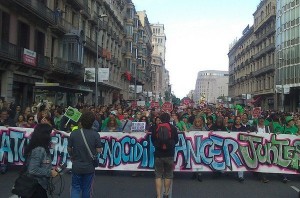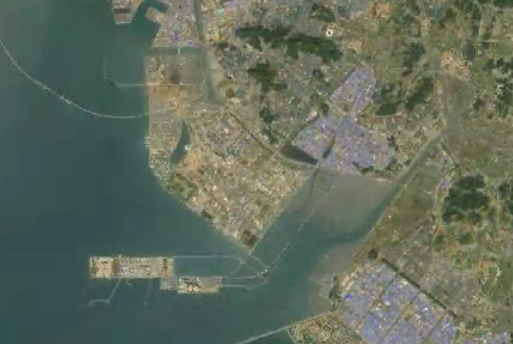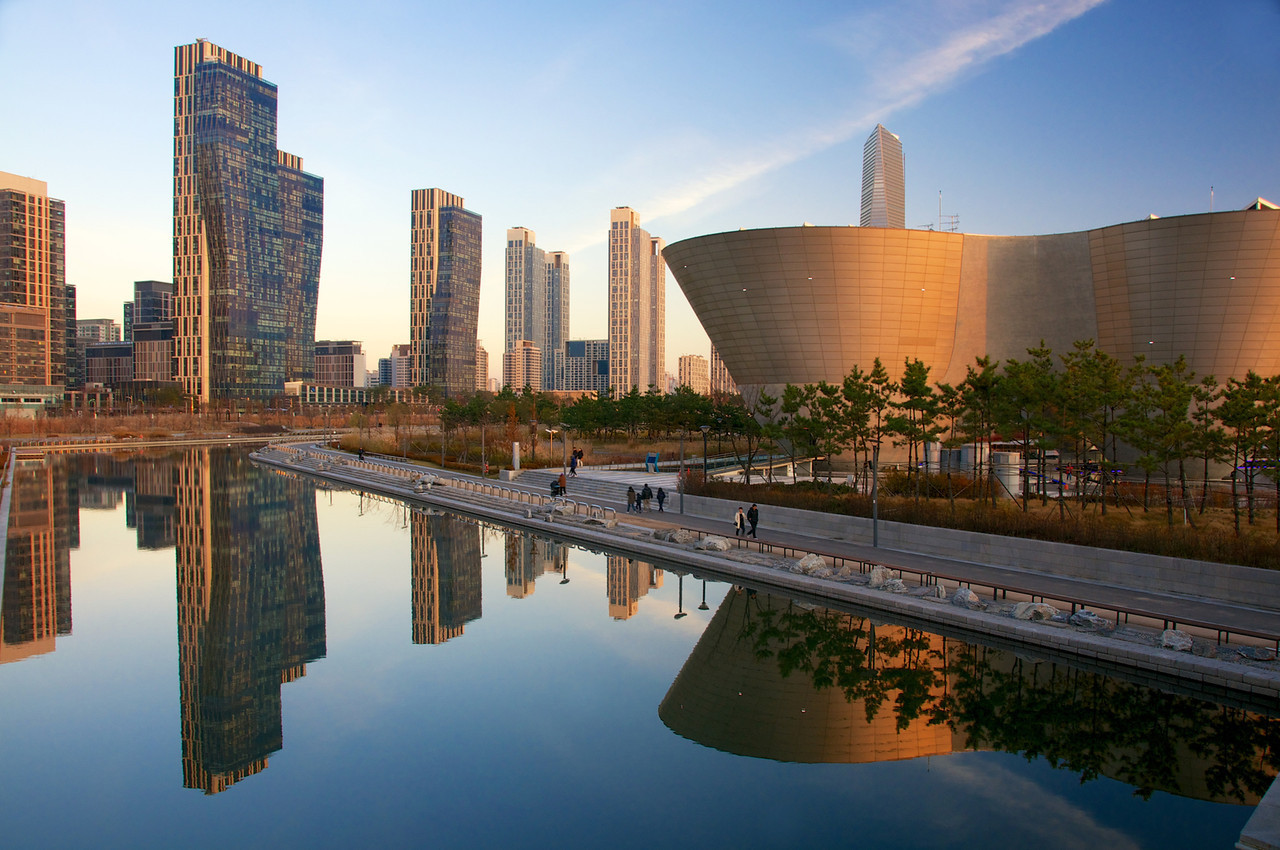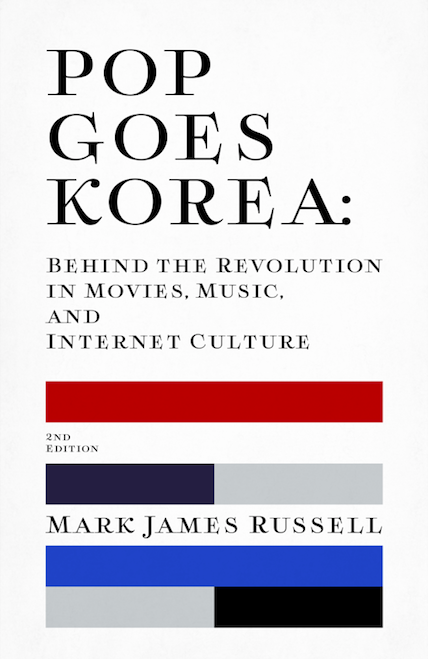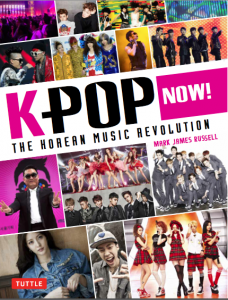Zara Stone over in the the Atlantic takes a look at Korea’s plastic surgery “obsession” (HT: Marmot’s Hole), in an article that is at once fascinating and infuriating. Fascinating because Stone has done a fair amount of serious reportage, digging up some really interesting history and details. Infuriating because it is so full of moralism, stereotypes, and poorly thought-out ideas.
Some points on Stone’s article, in no particular order:
1) “Plastic surgery” is presented like a blanket term, with little distinguishing between eyelid surgery and more invasive techniques (although Stone notes that Koreans often make such a distinction). No mention is made of, say, orthodontics, which in America is incredibly common, far beyond any medical need. Are braces and retainers examples of “body objectification”? How about Lasik surgeries? Tanning beds?
It’s also worth noting that Korea’s obesity rates are so much lower than America’s. So, while too many women in Korea have an unhealthy fascination with thinness, the problems with weight are a much smaller part of Korea’s body image problems.
The point being, if you broaden your definitions of body image beyond “plastic surgery,” suddenly Korea looks a lot less of an outlier.
(All that said, the V-line jaw surgery is pretty terrible stuff … although Stone gives us no sense of how common or uncommon the procedure is.)
2) The K-pop link. Like a lot of writers on this subject, Stone looks at K-pop’s beauty standards (although, thankfully, she notes that this is an issue that pre-dates K-pop). And like others, she blames K-pop for much of Korean women’s beauty myth problems (and the article focuses 99% on women). Which is pretty daft, in my opinion. There are huge amounts of plastic surgery in Hollywood and Western pop music, but people usually are more cautious about linking them to mainstream plastic surgery culture/trends. What makes K-pop so much more influential and problematic than Western pop culture? If there is a difference, Stone doesn’t describe it.
It’s also worth nothing that K-pop fans tend to be more interested in the male idols than the female, but once again the author glosses over male images in her analysis.
Oh, and then there are those K-pop talent shows on TV, which has produced acts like Busker Busker, Lee Hi, and Akdong Musicians — all pretty different faces and bodies than typical K-pop. If this was all about prefab appearances being pushed by the music companies, why does the Korean public vote for all sorts of different looks?

(Btw, I quite like this brief interview with Park Ji-min, winner of the “K-Pop Star” program, talking about why she likes working at JYP Entertainment).

3) Work and beauty. Stone talks a lot about how beauty is a part of work-related competition, trotting out the canard that the economic crisis of the late 1990s somehow pushed people toward more procedures. She also points out how Korea job applications include head shots — although I would point out that plenty other parts of the world tend to require photos, too, and Korea was requiring photos long before women were participating much in the workforce.
Do beautiful people have an unfair advantage when it comes to getting hired in Korea? Sure … just like everywhere. But is it significantly different in Korea? Not from the many, many offices I have been to in Korea over the years. Ninety-eight percent of the time, the university name and record matters far more than appearance (plus most of the high-prestige jobs in Korea require an application test, which double-fold eyelids don’t help you with at all).
* * *
Anyhow, I’m no fan of most cosmetic surgery, and like many people harbor an instinctive dislike for it. My wife has never had any work done and I’m quite happy with her (quite Korean) appearance. But making sweeping generalizations about a country based on my personal tastes (and a country that the author doesn’t particularly know)? That I’m much less confident about.
Certainly women in Korea, like women everywhere, are under way too much pressure to look certain ways. And the deep types of anti-women prejudice still lingering in Korea make it worse. As Sharon Heijin Lee (not “Hejiin”) says in the article:
There’s a real problem when you make generalizations about a whole country full of women, that they’re all culturally duped. There are certain economic situations happening in Korea and America that might impel different choices. We — Americans — might not see plastic surgery on the same level here that we see in Korea.
And:
When we think of it as just the desire to look white, we’re not really giving credit to the surgery industry that flourishes by reprinting people’s features.
Body image and the pressures women are under to look a certain way are important subjects worth exploring. But blaming Korea’s version of these subjects on K-pop and economics is dubious to the extreme. If only Stone had listened more to her own expert.


